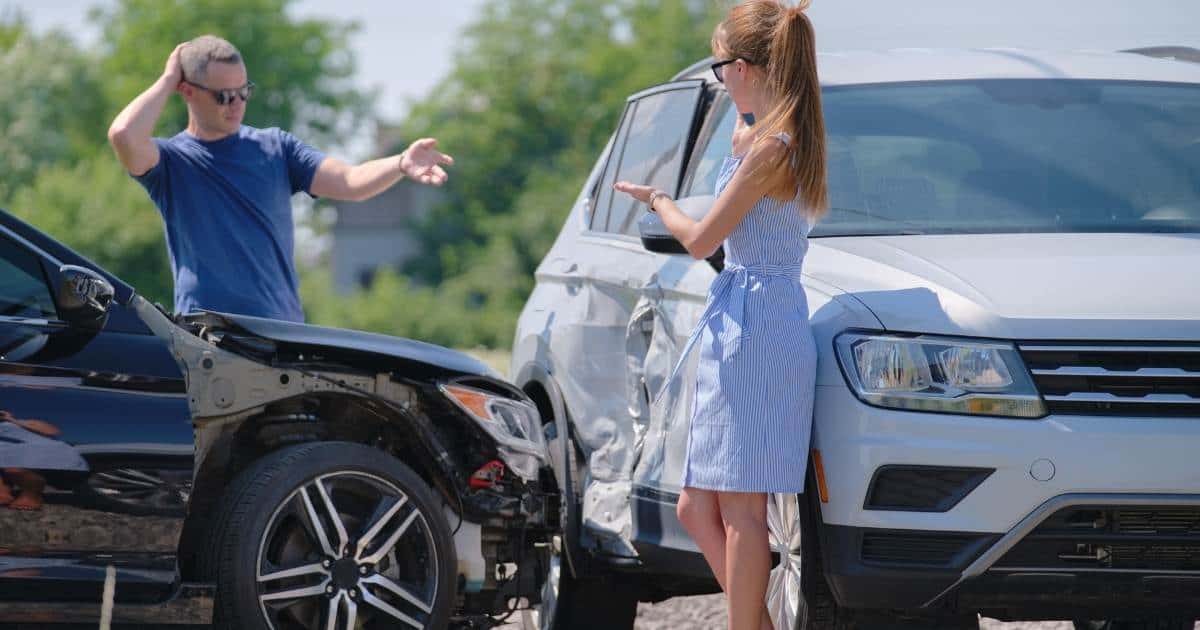Is California a No-Fault State for Car Accidents?
California is NOT a no-fault state. The opposite is called an “at-fault” or “fault” state. At fault means the person(s) who caused the accident is liable for the damages.
In California, unless you have special additional personal injury protection (PIP) insurance, you cannot call your insurance company and ask them to pay a claim for a traffic accident if you were not at fault.
Fault for causing the accident has to be decided first, and then the injured parties submit a claim to the insurance company of the at-fault driver(s) and any third parties who were at fault. Examples of third parties who might have some responsibility in causing an auto accident are road construction crews and car repair shops.
If you did not cause the accident, you have the right to pursue compensation from those at fault for damages that include lost wages, medical expenses, property damages, and pain and suffering.
Suppose you do not receive a fair settlement offer, which covers your damages, from the insurance company of the other driver(s). In that case, you have the right in California to file a personal injury lawsuit against the at-fault driver(s).
You may also sue any third parties who contributed to the cause of the accident who are partially at fault.
What About Minimum Auto Insurance Laws in California?
California drivers are required by law to maintain a minimum amount of auto insurance on any vehicle they own or drive. The minimum policy limits are $15,000 for one person injured or killed in an accident, $30,000 for two or more, and $5,000 for damage to property. Suppose the damages are greater than the policy limits. Then, you can sue those at fault for the balance.
How to Determine Who is At Fault
To avoid liability for the damages of an accident, you must prove to the insurance companies, a judge, or a jury that the other driver(s) caused the accident. Traffic accidents may be complex, with multiple factors contributing to the causes of the accident.
For example, one driver might have been distracted while driving. Another may have been going at an excessive speed.
If your case progresses to a lawsuit, under California law, you must prove the negligence of the other driver(s) under common law or prove statutory negligence. Statutory negligence means the other driver did something illegal under California law or the California Vehicle Code. From our example, distracted driving is negligent, and speeding is statutory negligence.
Traffic accidents with more than one person or third parties at fault undergo an evaluation to determine the percentage of fault for each one. An equally-shared responsibility between two drivers for causing an accident would give each driver a 50% at-fault rating for the accident.
Fighting Over Who is At Fault
Disputes over who is at fault are commonplace. This fighting for compensation is one of the main reasons why people involved in a California traffic accident, especially one with severe injuries or fatalities, engage the service of competent legal counsel to represent them.
If you or a loved one was injured or died in a traffic accident, you need a personal injury attorney to protect your rights.
Before you talk to anyone about the accident, especially an insurance adjuster from another driver’s insurance company, speak to an attorney by calling (281) 475-4535 for a free consultation.


